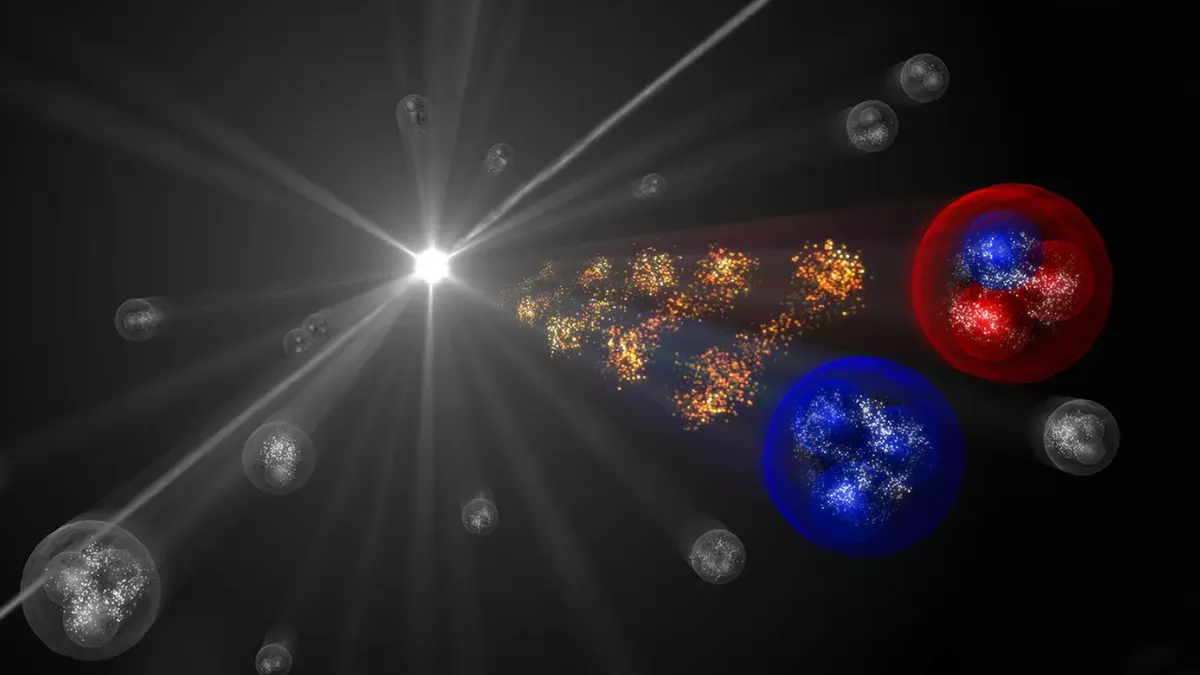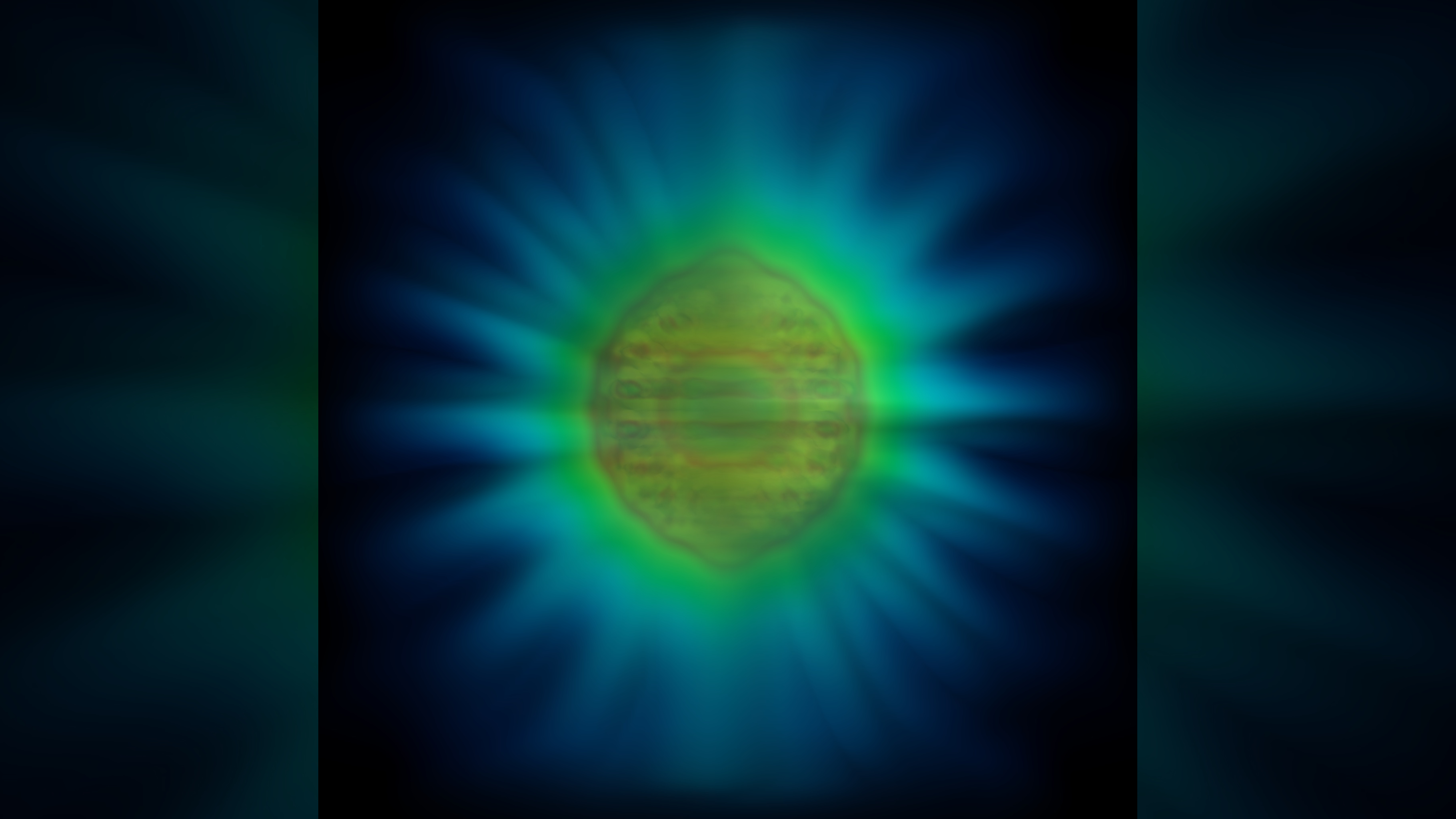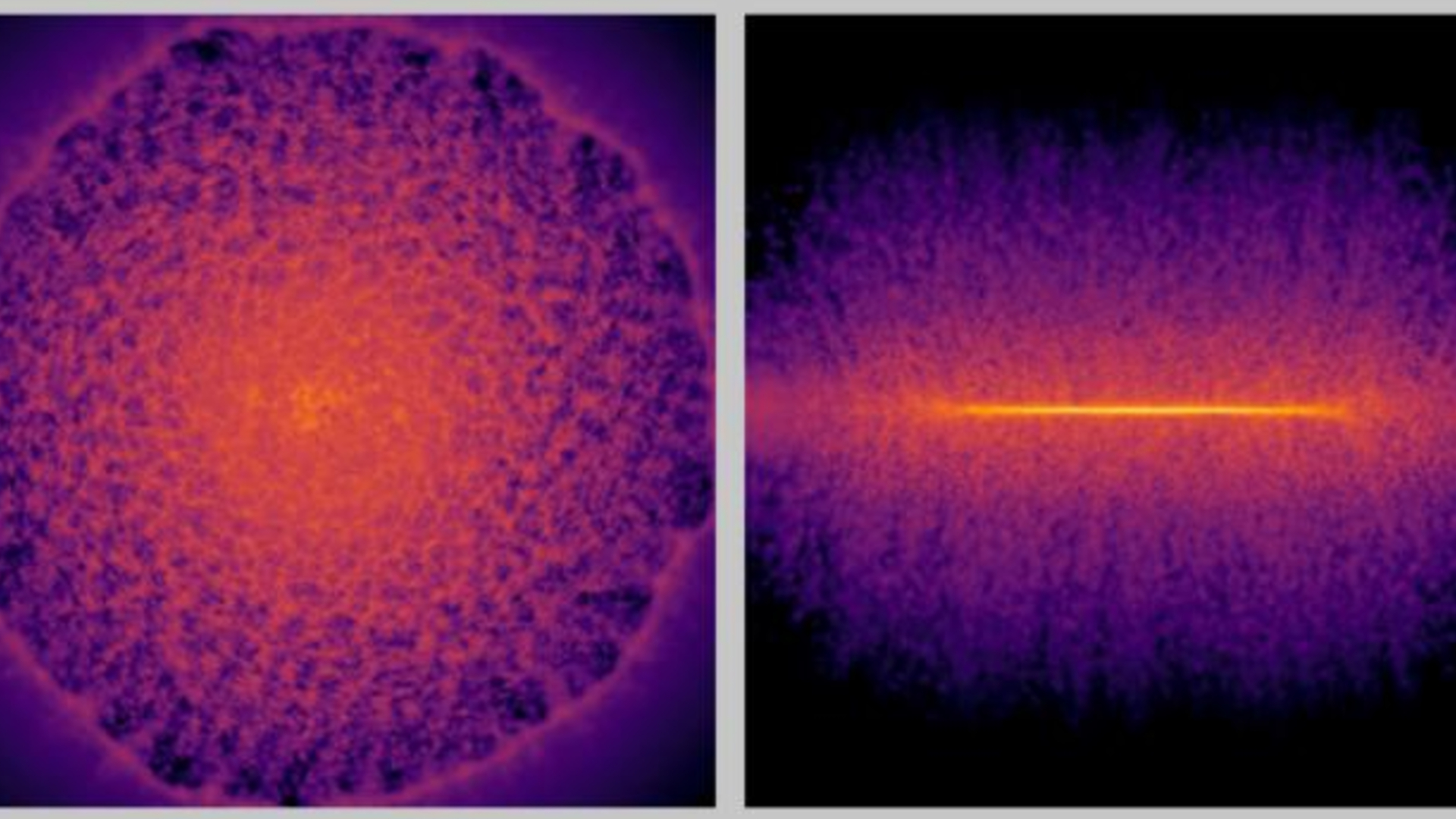Particle Physics
Latest about Particle Physics

'Ghost particles' can zoom through you without a trace. Scientists are getting to the bottom of this cosmic mystery
By Robert Lea published
Scientists are searching for answers in the cosmic mystery of ghost particles known as neutrinos.

Virtual particles: How physicists' clever bookkeeping trick could underlie reality
By Dipangkar Dutta published
A physicist explains the idea of virtual particles and why they are important to study.
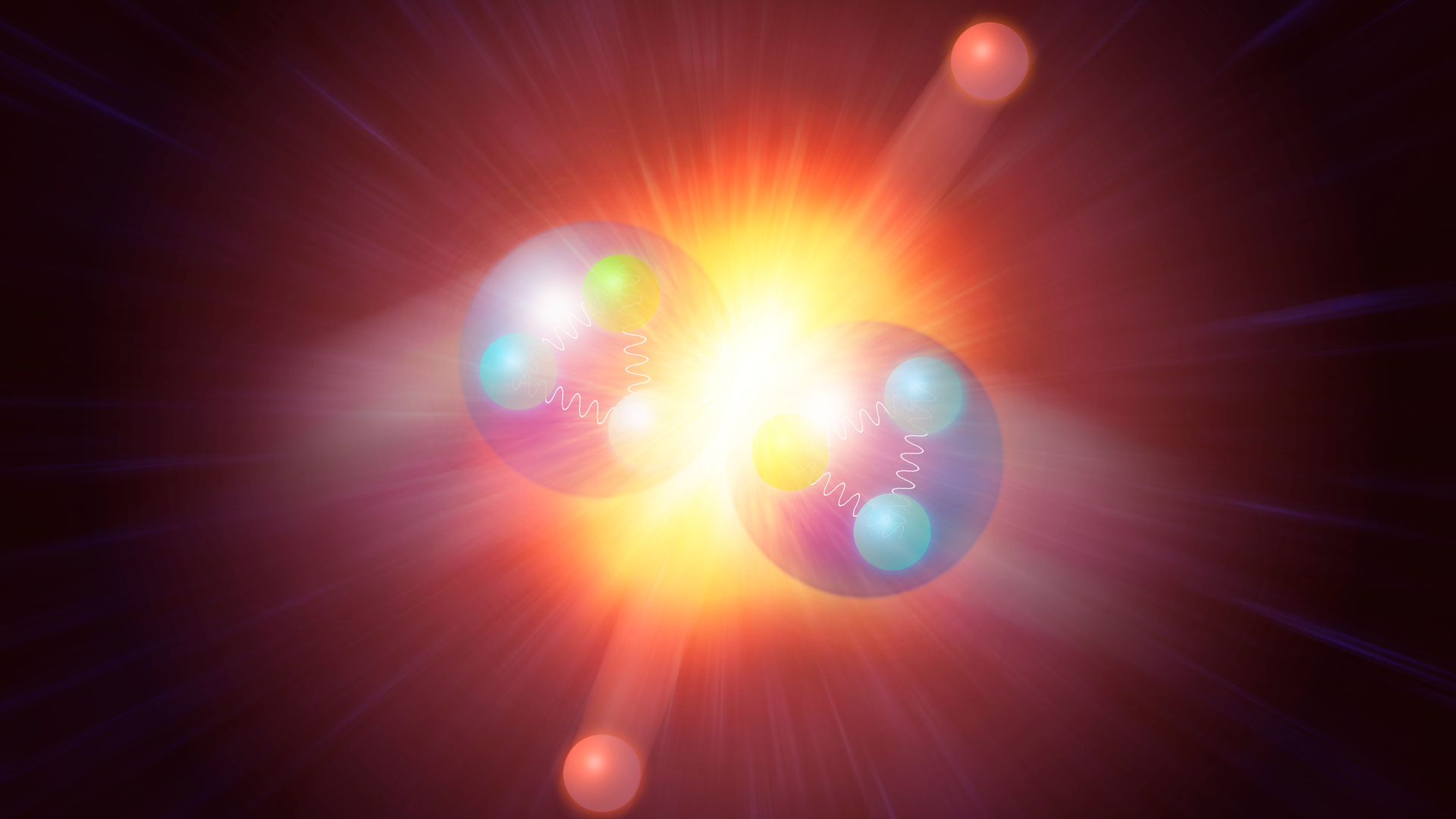
What is the weak nuclear force and why is it important?
By Paul Sutter published
The weak nuclear force doesn't play by the normal rules — and, in fact, it breaks one of the biggest rules of all.
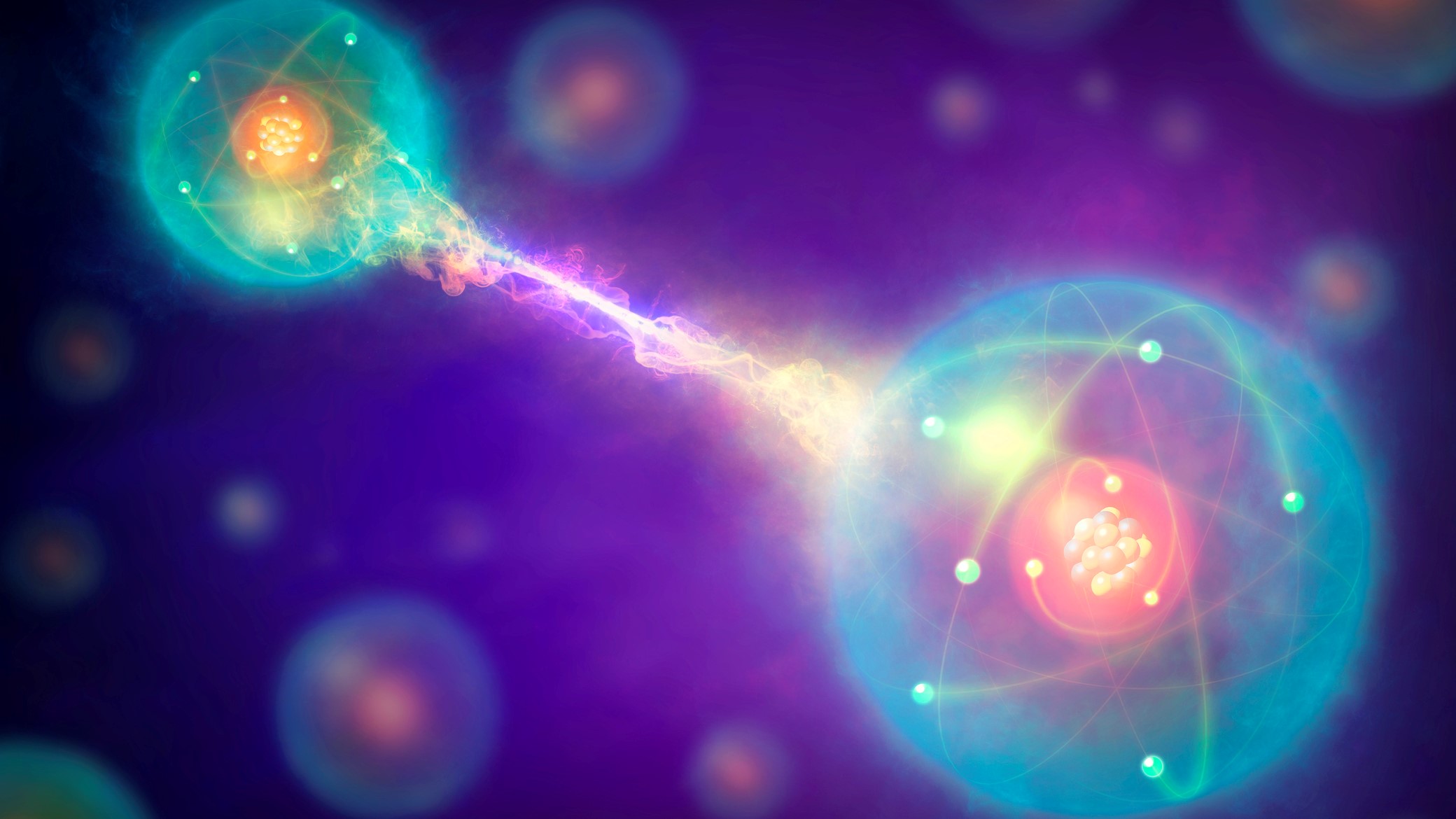
What is quantum entanglement? The physics of 'spooky action at a distance' explained
By Jesse Emspak, Daisy Dobrijevic last updated
Reference Quantum entanglement is one seriously long-distance relationship.

How do particle colliders work?
By Paul Sutter published
As the name suggests, particle accelerators involve accelerating subatomic particles to incredibly high speeds and smashing them into tiny targets.
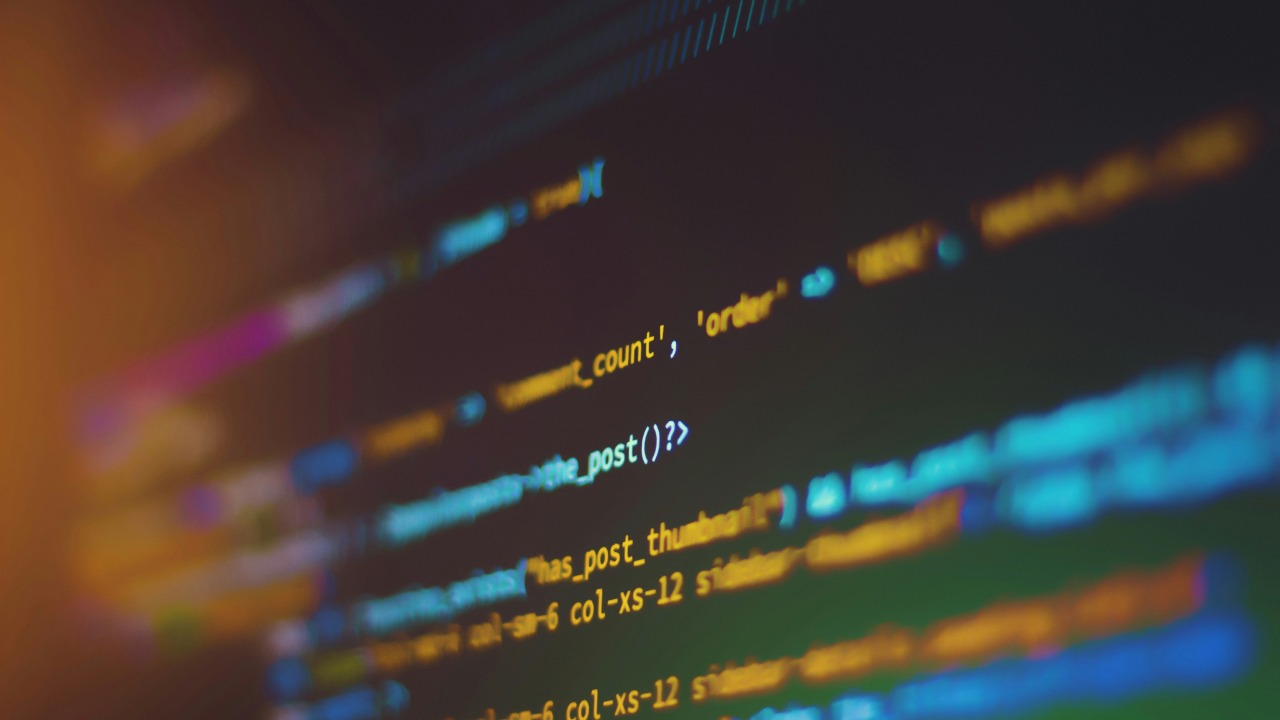
Quantum scheme protects videos from prying eyes and tampering
By S. S. Iyengar, Yashas Hariprasad published
Today's encryption works well, until tomorrow's quantum computers arrive.
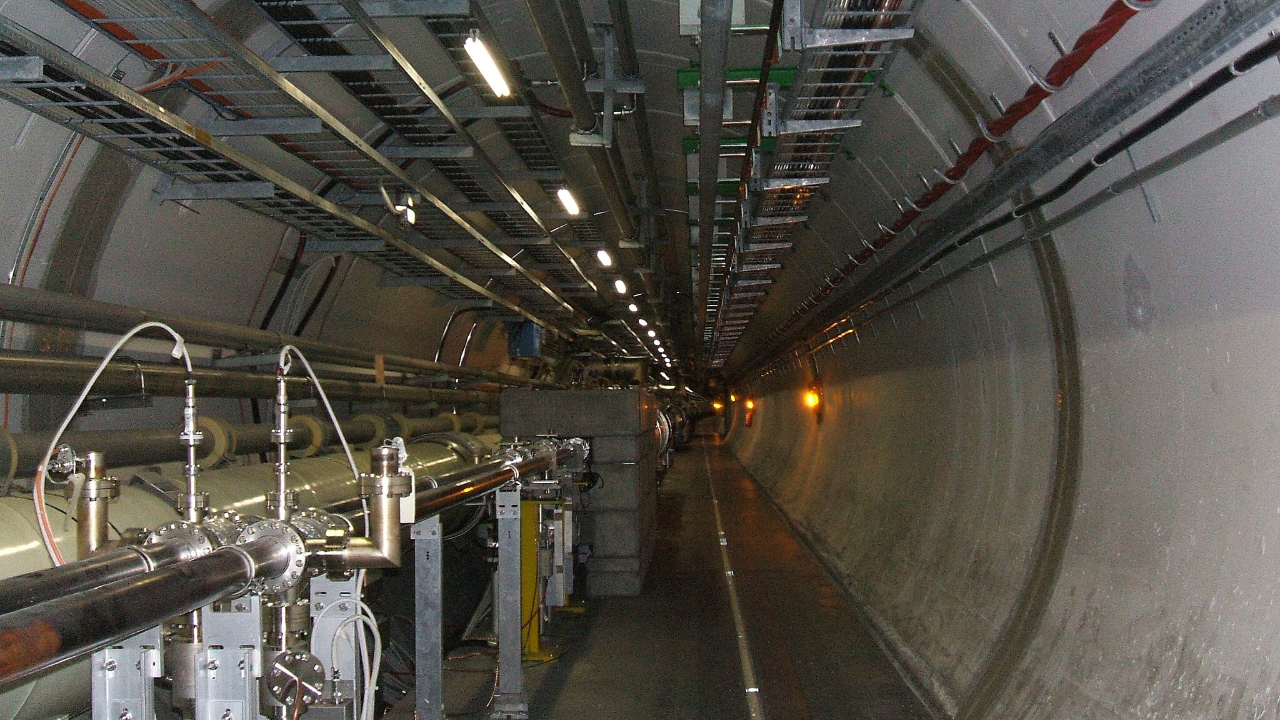
New discovery at CERN could hint at why our universe is made up of matter and not antimatter
By William Barter published
A new finding at CERN on the French-Swiss border brings us closer to answering why matter dominates over its opposite, antimatter.
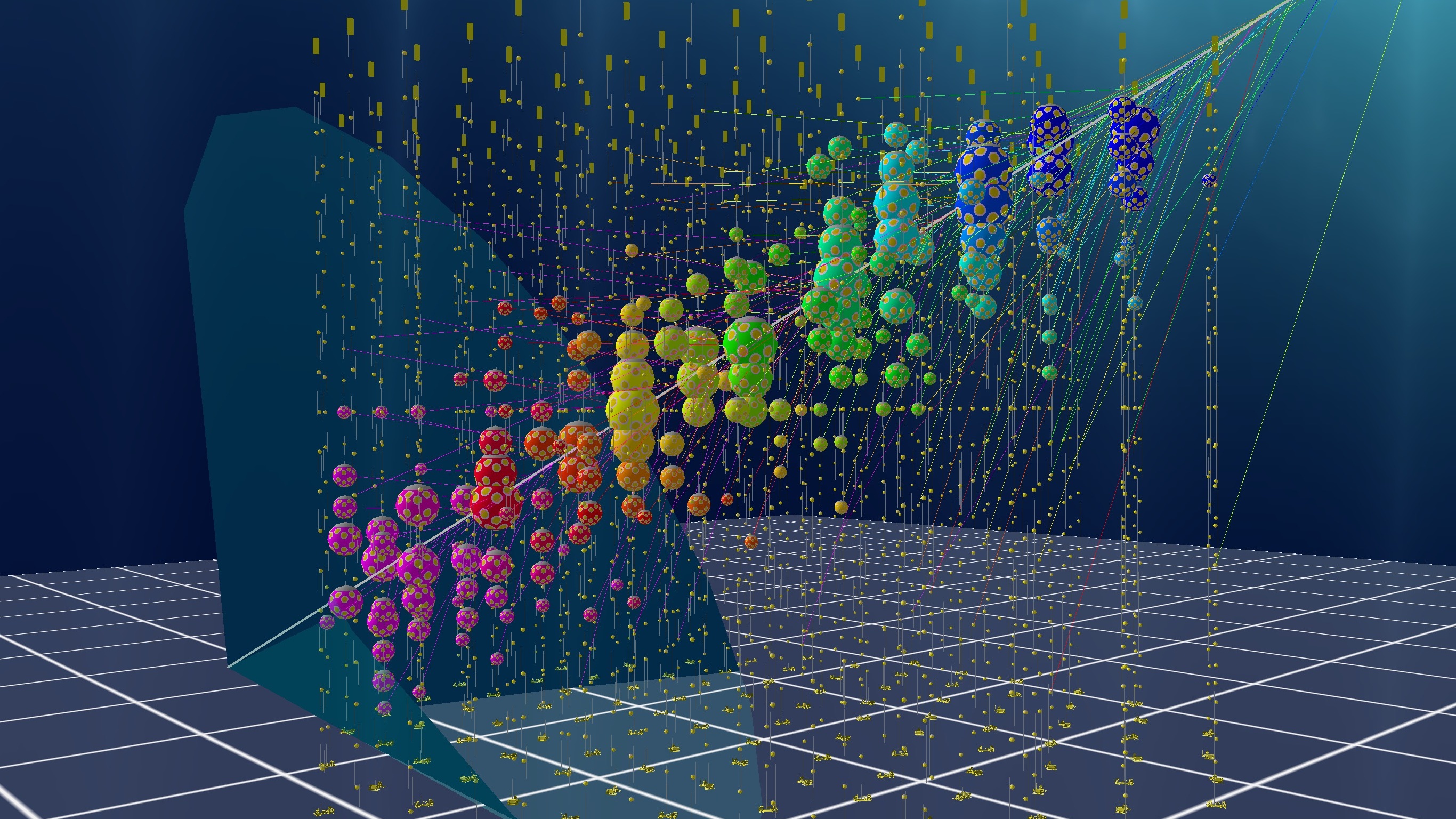
Why scientists are so excited about the highest-energy 'ghost particle' ever seen
By Keith Cooper published
Scientists have found a neutrino that could come from a gamma-ray burst, an active black hole or a collision between a cosmic ray and photons in the cosmic microwave background.
Breaking space news, the latest updates on rocket launches, skywatching events and more!
